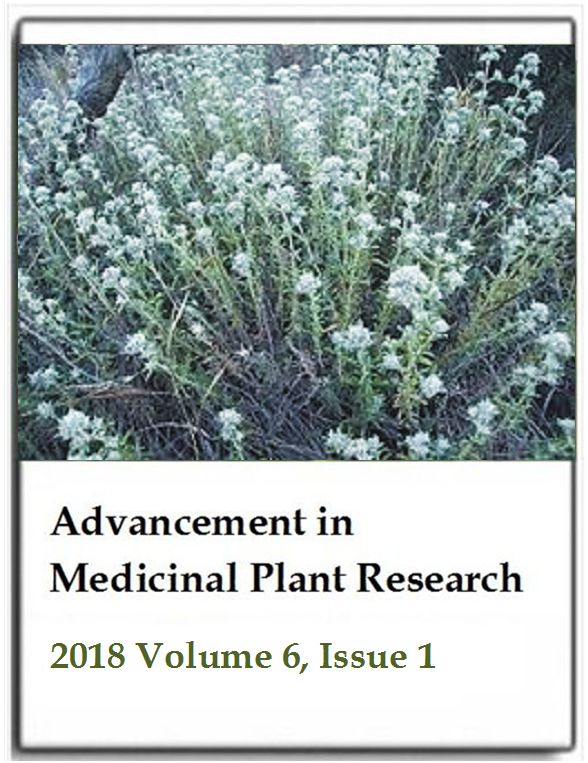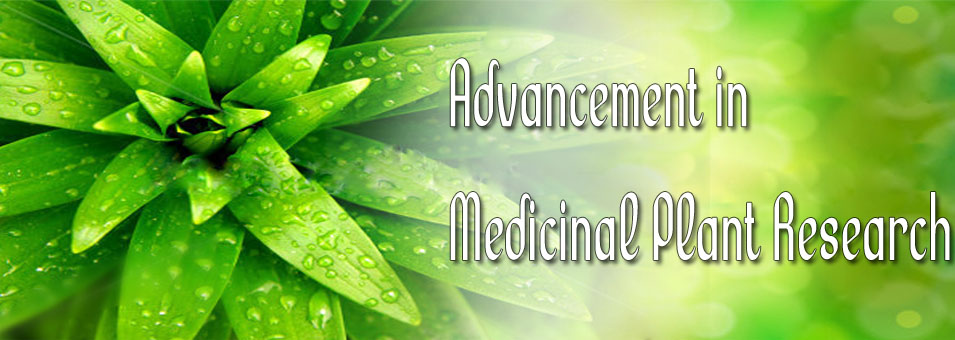Teucrium polium extracts stimulate GLUT4 translocation to the plasma membrane in L6 muscle cells
Sleman Kadan, Yoel Sasson, Raed Abu-Reziq, Bashar Saad, Shoshana Benvalid, Thomas Linn, Guy Cohen and Hilal ZaidAdvancement in Medicinal Plant Research
Published: February 12 2018
Volume 6, Issue 1
Pages 1-8
Abstract
Teucrium polium L. (TP) is recommended by herbal and integrative practitioners for the treatment of diabetes. However, its mechanism of action in stimulating GLUT4 activity and translocation to the plasma membrane is still unknown. This in vitro study examined the chemical composition, cytotoxicity, and antidiabetic activity of three TP distinct extracts: water/ethanol (WTP), methanol (MTP), and hexane (HTP). The compositions of the TP extracts were determined by GC/MS. MTT and LDH assays were used to assess the toxicity of the extracts. The efficacies of the TP extracts in enhancing glucose transporter-4 (GLUT4) translocation to plasma membrane (PM) were tested in L6 muscle cells, stably expressing myc-tagged GLUT4 using the cell-ELISA test. GC/MS phytochemical analysis of MTP and HTP extracts revealed 10 compounds in each extract, and only palmitic acid was communal in these two extracts. WTP, MTP, and HTP extracts were safe up to 63, 63, and 250 µg/ml, respectively. The HTP extract was the most efficient in GLUT4 translocation enhancement, while the least efficient was the WTP extract. In addition, the HTP extract increased the GLUT4 translocation at 32 µg/ml by 2- and 3-fold relative to the control in the absence and presence of insulin, respectively. A similar result was obtained with the MTP extract at 63 µg/ml. In contrast, WTP extract in the presence of insulin had no effect and in the absence of insulin had slightly enhanced GLUT4 translocation. These findings indicate that TP antidiabetic activity is mediated in part by enhancing GLUT4 translocation to the PM in skeletal muscle.
Keywords: GLUT4, GC/MS, phytochemicals, diabetes, Teucrium polium.
Full Text PDF
